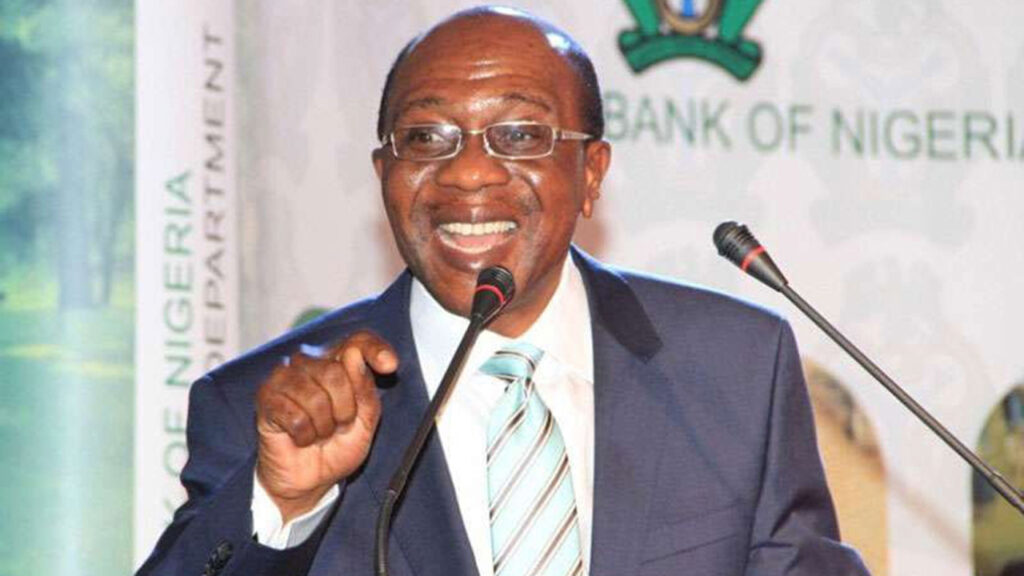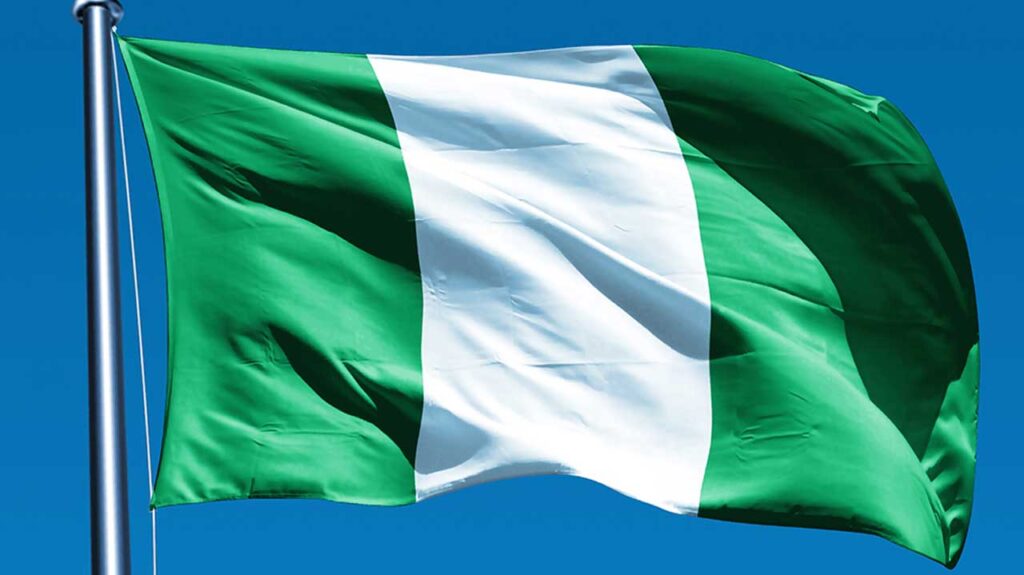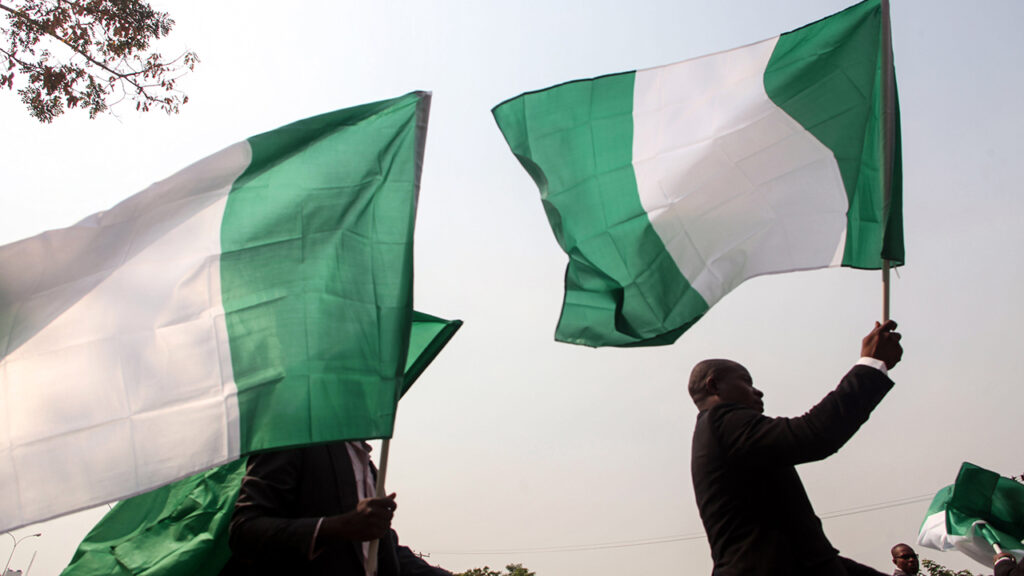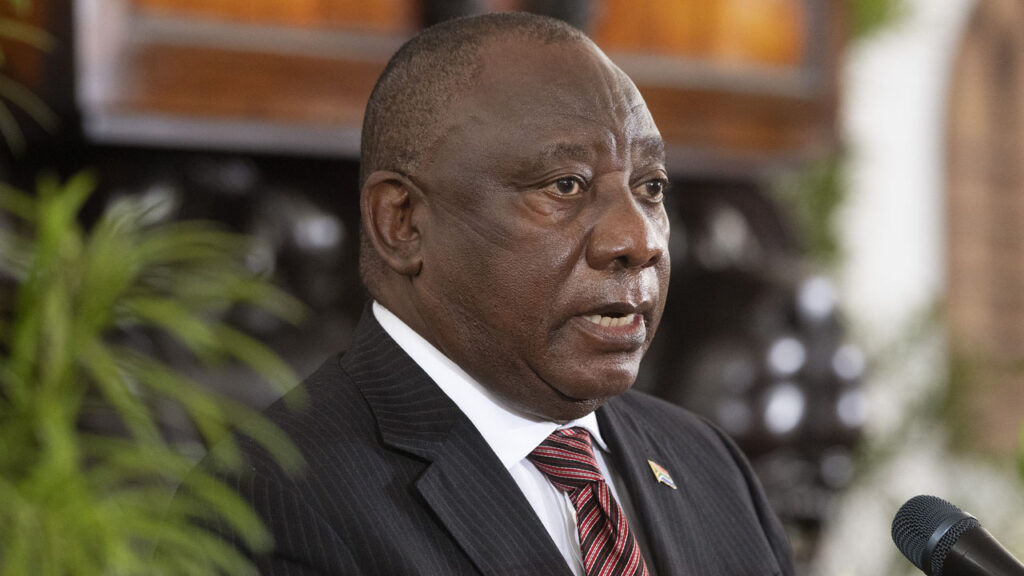
The MPC held its 282nd meeting since its inception in November 2020 but it currently merely applauds every action of the CBN. It is not flattering that because the prevailing high lending rates discourage businesses from borrowing, the level of bank depositors’ funds and total bank credit to the economy are more or less equal, which evidences the high unutilised bank lending capacity.
Collaboratively, according to the World Bank, total domestic credit to the private sector as a proportion of GDP in 2020 stood at 12.1 per cent, down from 21.2 per cent in 2018 and 21.8 per cent in2014. For comparison, this indicator for Malaysia, Nigeria’s quondam economic peer, stood at 134.1 per cent in 2020, 143.5 percent in 2018 and 140.4 per cent in 2014.
Clearly, Nigeria’s prolonged downward economic trajectory shows. Additionally, while its primary roles suffer, CBN has increasingly taken over the financial intermediation functions of deposit money banks by offering intervention funds at subsidised interest rates for every economic activity and for all sizes of businesses even with loans for projects worth less than N50,000.00. Note that (a) the CBN intervention funds amount to printing by fiat additional volumes of naira to swell money supply thereby stoking inflationary pressure. (b) The intervention funds are disbursed through DMBs, which impose under the stable charges. However, DMB loans are ordinarily part of adjudged safe inflation limit money supply volume that should be carefully controlled using CBN/MPC set cash reserve and liquidity ratios alongside prudential targets.
For years the MPC has set cash reserve ratio and liquidity ratio that are out of sync with optimal money supply thereby drenching the system in persistent excess liquidity. That unhealthy condition has sustained the monetary policy rate in the corridor beginning from 2006. Among other things which harm the economy, the apex bank and the MPC pay to DMBs standing deposit facility interest rates (which have ranged from 4.5 per cent to 10.0 per cent over a long period of time) on bank loanable funds left idle on account of the unattractive MPR-influenced lending rates. In effect, CBN policies hinder domestic production with an attendant negative effect on domestic employment while promoting the country’s over-dependence on imports to the advantage of foreign economies. Little wonder that Nigeria records heavy deficits in trade with foreign countries.
At this juncture, recall the original sin of wrong policy choice by the ex-military regime. It directed CBN to improperly monetise, nay, replace Federation Account accruals with fiat printed naira funds. So the apex bank, which is meant to be the bank of last resort, usurped the function of DMBs (the banks of the first instance) thereby unleashing the uncontrollable inflationary problems facing the country. Note that despite their replacement with apex bank deficit financing funds, the withheld FA dollars remained intact and were dubbed CBN’s external reserves. Successive apex bank governors have been allocating the wrongly named external reserves, arbitrarily at artificial exchange rates through several segment forex markets to the detriment of the economy.
On the other hand, where forex holders including the tiers of government, convert their forex holdings through the forex market in which DMB’s (as banks of the first instance) act as commission-earning forex brokers, forex end-users would buy forex using naira funds which form part of the adjudged safe inflation limit optimal money supply. That way, the naira revenue derived from FA oil receipts would not be inflationary.
We have shown in previous editorials that a single forex market (SFM) using the Appropriation Act exchange rate ( AAR) as the anchor managed float exchange rate would produce market-reflective naira/dollar exchange rates within a stability band of AAR+/-3 per cent. The incorporation of graduated tariffs and graduated forex access tax rates would make it possible to achieve various desirable economic objectives such as a balanced budget, budget surplus or low budget deficit. Take for example the latest NBS data showing 2021 Foreign Trade Imports (year to date) of N21. 95 trillion. To annualise that figure, convert it to US dollars at the budget exchange rate and add invisible trade disbursement to other countries would show over $100 billion left Nigeria in 2021 to foreign entities. Then assume FG budget revenue gap of N5 trillion. An average forex access tax (FAT) of N50 per dollar spent on imports could be collected via the DMBs without recourse to domestic or external borrowing. Note that the forex access tax should be all-encompassing but graduated depending on the country’s defined needs or priorities. To finance national development should not brook any tax exemptions. Visualise the benefits. The applicable graduated FAT payable to the government would be far less than the difference between the (I&E) rate and the BDC rates which manufacturers, etc, claim they pay. But that difference currently goes to interlopers, sharks and wreckers of the economy. And so any federal budget is eminently implementable.
Concluded.













